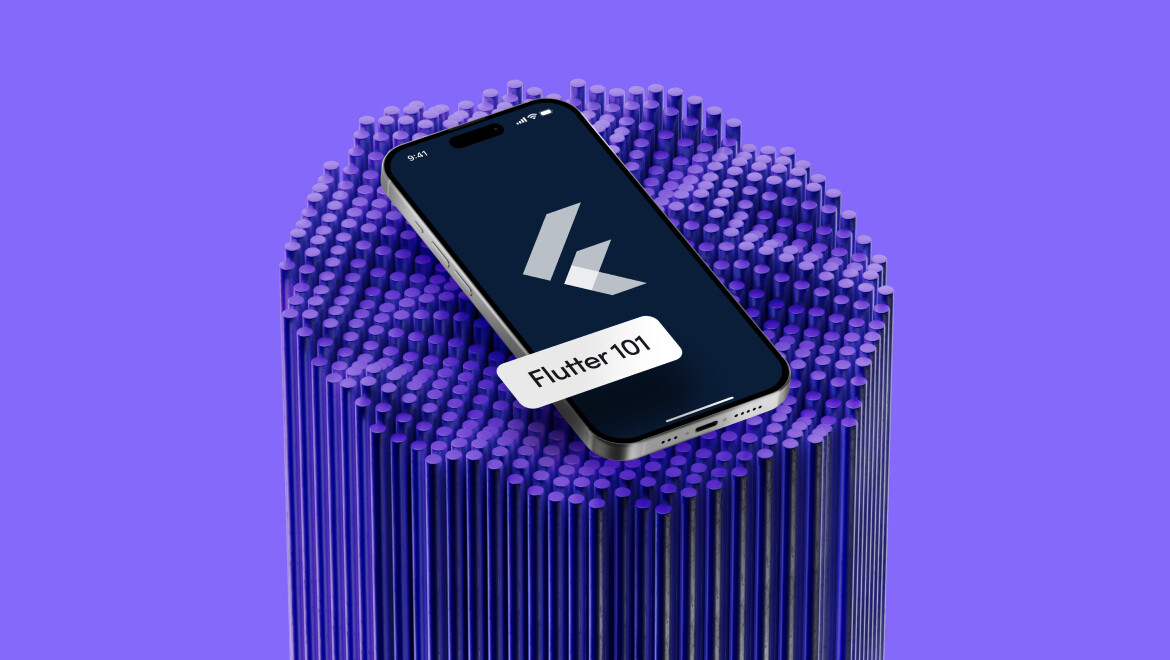- Home
- Flutter 101
- Flutter vs Swift Performance


Flutter vs Swift Performance
Flutter vs Swift Performance
Flutter vs Swift: Performance Overview
When evaluating Flutter vs Swift in terms of performance, businesses often seek technologies that can deliver high-quality apps efficiently while minimizing development time and costs. Both Flutter and Swift are widely used for mobile app development, but they cater to different ecosystems and have distinct performance attributes.
Native Performance with Swift
Swift is Apple’s primary language for MacOS and iOS development. Its native performance is unmatched for building apps optimized specifically for Apple devices. Since Swift directly compiles to native code, it leverages device hardware efficiently, ensuring high performance and smooth user experiences. For businesses targeting iOS exclusively, Swift provides robust performance, tighter integration with Apple’s frameworks, and access to the latest platform features. This makes Swift an ideal choice for apps that need to push device capabilities to the limit, such as games or high-end media applications.
Cross-Platform Flexibility with Flutter
Flutter, on the other hand, offers a cross-platform approach, meaning businesses can build both iOS and Android apps using a single codebase. While not natively compiled like Swift, Flutter uses Dart and a high-performance rendering engine, Skia, which compiles to native ARM code. This results in performance that is close to native, particularly for most standard business apps.
For companies aiming for quick deployment across multiple platforms, Flutter significantly reduces development time and costs by eliminating the need for separate iOS and Android development teams. The performance of Flutter is more than sufficient for most business applications, especially those with standard UI and less intensive hardware interactions.
Flutter vs Swift Performance: Key Considerations
- Complexity of the App: For high-performance, complex apps (like AR, VR, or intensive graphics), Swift might be the better choice due to its native speed and direct access to iOS hardware.
- Cross-Platform Reach: If your business strategy involves launching on both Android and iOS, Flutter’s performance is still competitive enough, especially when balanced with the cost and time savings of cross-platform development.
- User Experience: Swift might have an edge in delivering the smoothest user experiences on iOS, but Flutter’s performance is improving rapidly with each release, making it a viable option even for demanding apps.
In the Flutter vs Swift performance debate, Swift is the go-to for businesses focused on iOS and need the absolute best performance. However, for companies looking for cost efficiency and faster time to market across platforms, Flutter offers impressive performance with the added benefit of cross-platform compatibility. Understanding the specific demands of your app will help determine which technology aligns best with your business goals.
Ready to discover more terms?






